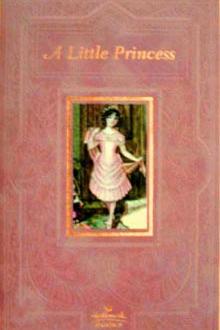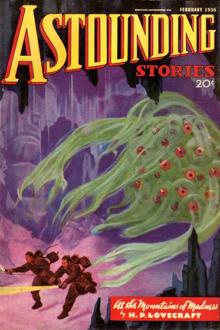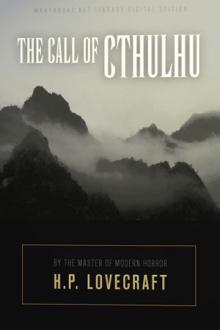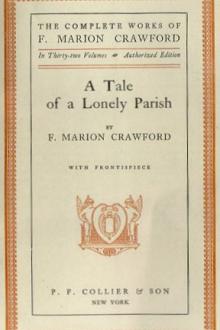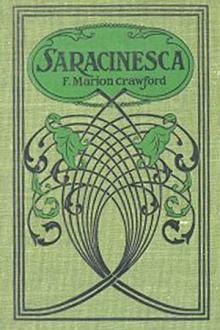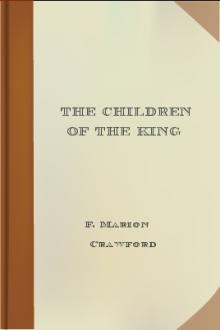Greifenstein
Greifenstein
Book Excerpt
neighbourhood as the 'Hunger-
Thurm,' or Hunger Tower, as having been used as a place for starving
prisoners to death, in the fine old days when the lords of Greifenstein
did as they judged good in their own eyes. Frau von Sigmundskron used
to look curiously at the grey building when she was staying with her
relations. She could have described the sufferings of the poor wretches
who had perished there as well as any one of themselves or better. Not
twenty miles from all the luxury that dwelt behind that lofty bulwark,
she had been starving herself for years in order that her only child
might live. And yet the well-fed woodmen touched their caps and their
rosy wives and daughters curtsied to the 'Lady Baroness' who, as they
told each other, spent her life in the towers of Sigmundskron hoarding
untold wealth which would one day belong to the golden-haired Lady
Hilda. They knew, for the knowledge could not be kept from them and
their kind, how very few were the silver pieces which were ever seen in
the hands of
Editor's choice
(view all)Popular books in Gothic, Fiction and Literature, Horror
Readers reviews
4.5
LoginSign up
The story is shocking, fascinating and one of my favorites. That is all I'm going to say.
- Upvote (0)
- Downvote (0)
This is a fascinating romance from American novelist F. Marion Crawford. In "Greifenstein" Crawford strings together interesting elements into an amazing plot, featuring one of his most daring incidents in any of his books, an astounding, even shocking murder and double suicide. And yet Crawford has you sympathize with the nobles who do the deed . . . only to return the reader back to the main story of the young people in love.
This is not a masterpiece, I readily acknowledge. But it makes for an enjoyable page-turner, and might even make a great movie. By today's standards, Crawford's prose is periphrastic; by the standards of his own day, he was a master of concision; styles change, times change. If you want a good indication of what an expertly produced popular novel of the 19th century was like, then you could hardly find a better example than "Greifenstein." Though it is by no means as weird as the author's gothic "Witch of Prague," or as fantastic as "Khaled," or as sophisticated as "Saracinesca," or as well-observed as "Don Orsino," or as charming as "A Tale of a Lonely Parish," it is a good book.
And as always, the author's keen eye to social station fleshes out what otherwise might be considered a trivial entertainment. Hardly trivial. But, first and foremost, entertaining it is.
This is not a masterpiece, I readily acknowledge. But it makes for an enjoyable page-turner, and might even make a great movie. By today's standards, Crawford's prose is periphrastic; by the standards of his own day, he was a master of concision; styles change, times change. If you want a good indication of what an expertly produced popular novel of the 19th century was like, then you could hardly find a better example than "Greifenstein." Though it is by no means as weird as the author's gothic "Witch of Prague," or as fantastic as "Khaled," or as sophisticated as "Saracinesca," or as well-observed as "Don Orsino," or as charming as "A Tale of a Lonely Parish," it is a good book.
And as always, the author's keen eye to social station fleshes out what otherwise might be considered a trivial entertainment. Hardly trivial. But, first and foremost, entertaining it is.
03/22/2006
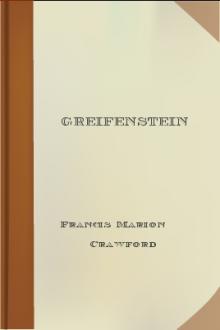
 Free Download
Free Download














